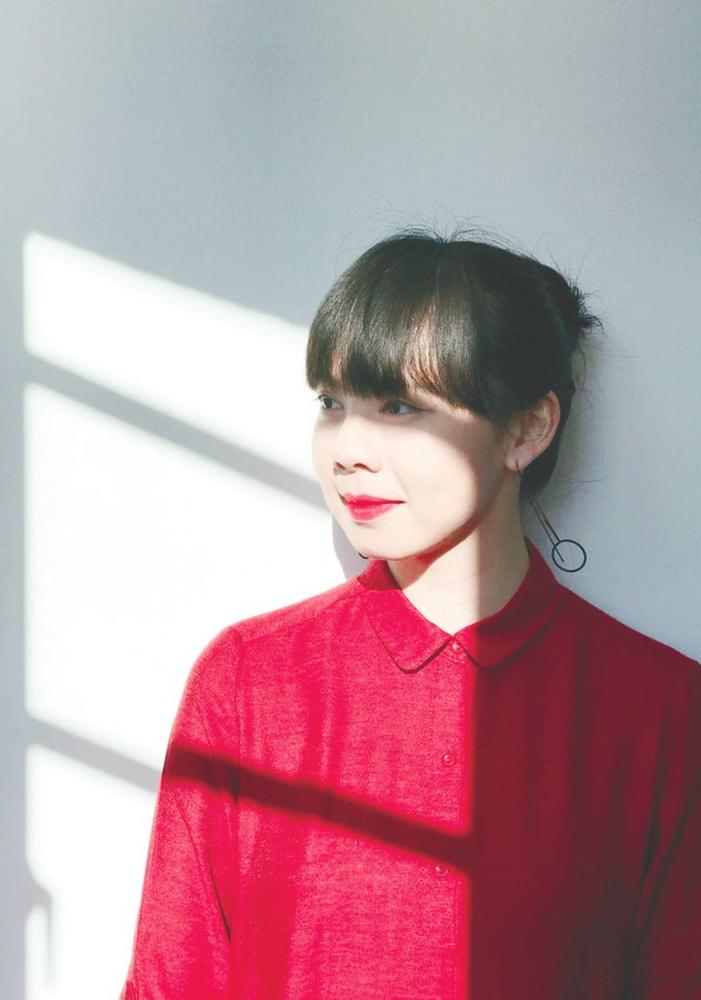ARCHITECTURE may operate as a discipline and a profession, but to architecture designer Pamela Tan, it offers a comparative perspective in its most basic form.
She works collaboratively instead of in a siloed manner, while exploring the dynamic relationship between the many architectural schisms.
The 28-year-old’s works transcends disciplines between art, philosophy, sociocultural, literature and design to construct new conceptual, theoretical, methodological and translational masterpieces in varying mediums.
Your work blends architecture with art, how would you define your style?
“I like expressing my work in a more skeletal manner, it conveys the invisibility of certain forms. I also like the lightness and how the design is reduced to its most minimal character, while still indicating strength.
“Oftentimes I like to design in a more lyrical and narrative form, thus you’d see a lot of arches and straight lines with distinct patterns. But most importantly, I like to reveal what is generally hidden. It allows the viewers to focus on the observation that nobody seems to notice.”
That is reflected very much in your sculptural installation Footprints. How did the project start?
“The founder of (local streetwear and lifestyle media company) Masses, Bryan, approached me to create an installation to celebrate Nike Air Max Day. He told me the designer of Air Max, Tinker Hatfield, was inspired by the iconic Centre Pompidou in Paris.
“The building was constructed inside-out, revealing [its] skeletal element. It’s also rooted deeply in the architecture theory ‘Fun Palace’, coined by architect Cedric Price, which shows the celebration of space, that a structure may be permanent but what’s inside is ever-changing.
“Thus, I did a translation of what defines Centre Pompidou and Air Max. It started from the footprint of the shoe, then I split it into six layers to show the movement within the shoe and within the form.”
Social and cultural influence is an evident aspect in your work. Having studied abroad, is there any cultural clash in your creative process?
“Malaysia is still a developing country, socially, our community is not very exposed to the realm of art, architecture and design. I’d say it’s a challenge for me to introduce newness, not knowing how would they react to it.
“Similarly, when Centre Pompidou was completed, the architect received a lot of hateful comments because the design was so [radical] at that time, but now it’s so iconic.
“People don’t know the unfamiliarity of being different, and that itself is not celebrated in Malaysia because anything that is not functional, [or doesn’t bring in] revenue is quickly disregarded.”
Form follows function, or function follows form?
“I can neither agree or disagree because it depends on the subject we’re exploring.
“Taking Footprints for an example, it’s about architecture and sneakers, and both of them are revolutionary in their own ways. Studying their characters will help us understand better how [they became that way].
“Another project I did, Eden, is a spatial installation inspired by nature in 163 Retail Park in Mont Kiara. I had to research every aspect of nature to know how I should curate the subject to translate it into my project.”
Graphic design solves problems and fine art asks questions. How do you justify that from an architectural perspective?
“They’re essentially two different schools of thoughts. I read about a book called Speculative Everything, written by [Anthony Dunne and Fiona Raby]. They tackle design disciplines, on how our world sees design as a solution to problems.
“They proposed: ‘Why can’t we just design for the sake of design?’ Because we don’t have to force ourselves to fix humanities’ problems. Right now, we’re always relying on designers, engineers and doctors to come up with technology to solve problems. So they asked: ‘What if the problem is ourselves? Why don’t we change ourselves instead?’”
How do you think Notre Dame should be restored?
“It’s interesting to see all the different interpretations and renditions of how it could potentially be rebuilt. I’ve never thought about how I would do it. I’d probably insert something different, at the same time it has to be complementing and be in-sync with the cathedral. But most importantly, does it suit the narrative and the purpose of the cathedral?
“I’ve seen many heritage buildings that [have] contemporary functions. Perhaps a pool with a transparent glass bottom on top of the cathedral, so when the light is being reflected, it produces shimmery shadows underneath, and it’s quite poetic at the same time as if the cathedral is under water. Imagine swimming, when someone is worshipping downstairs.”









